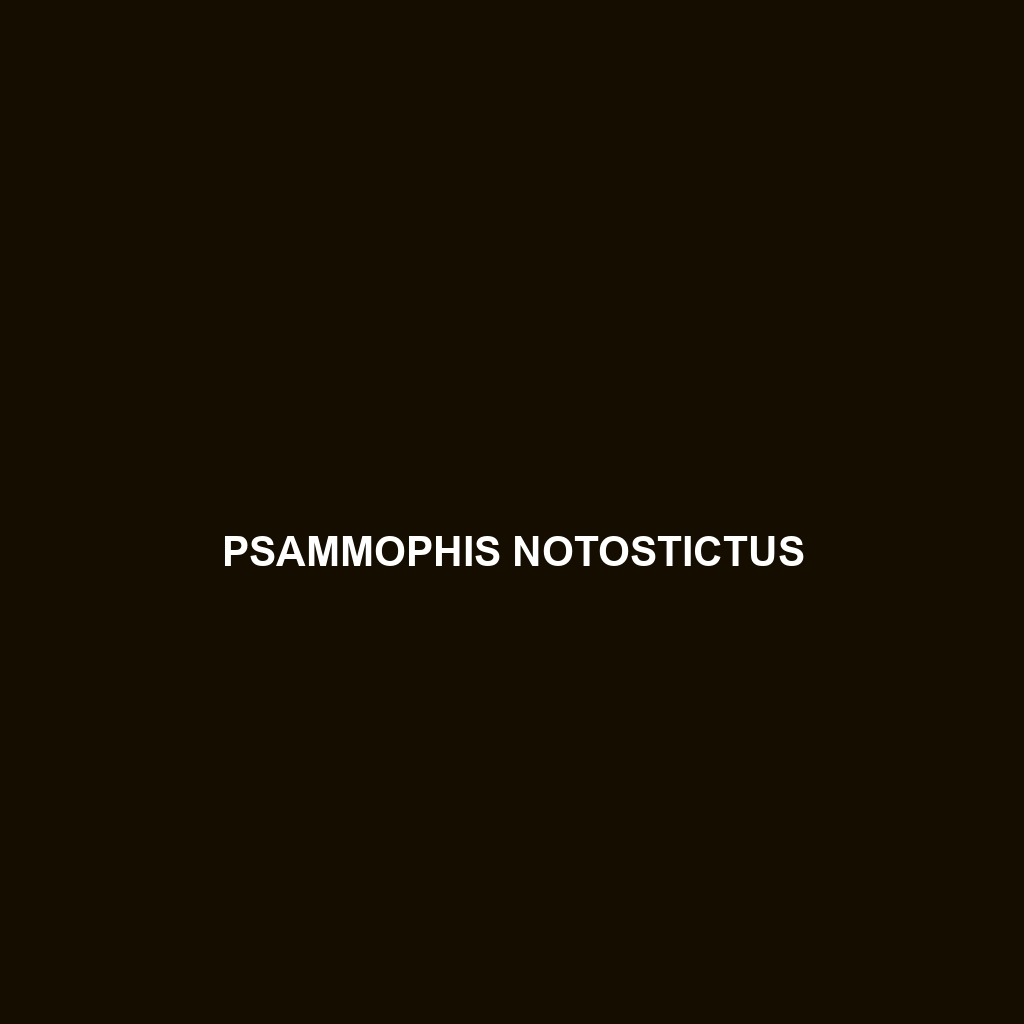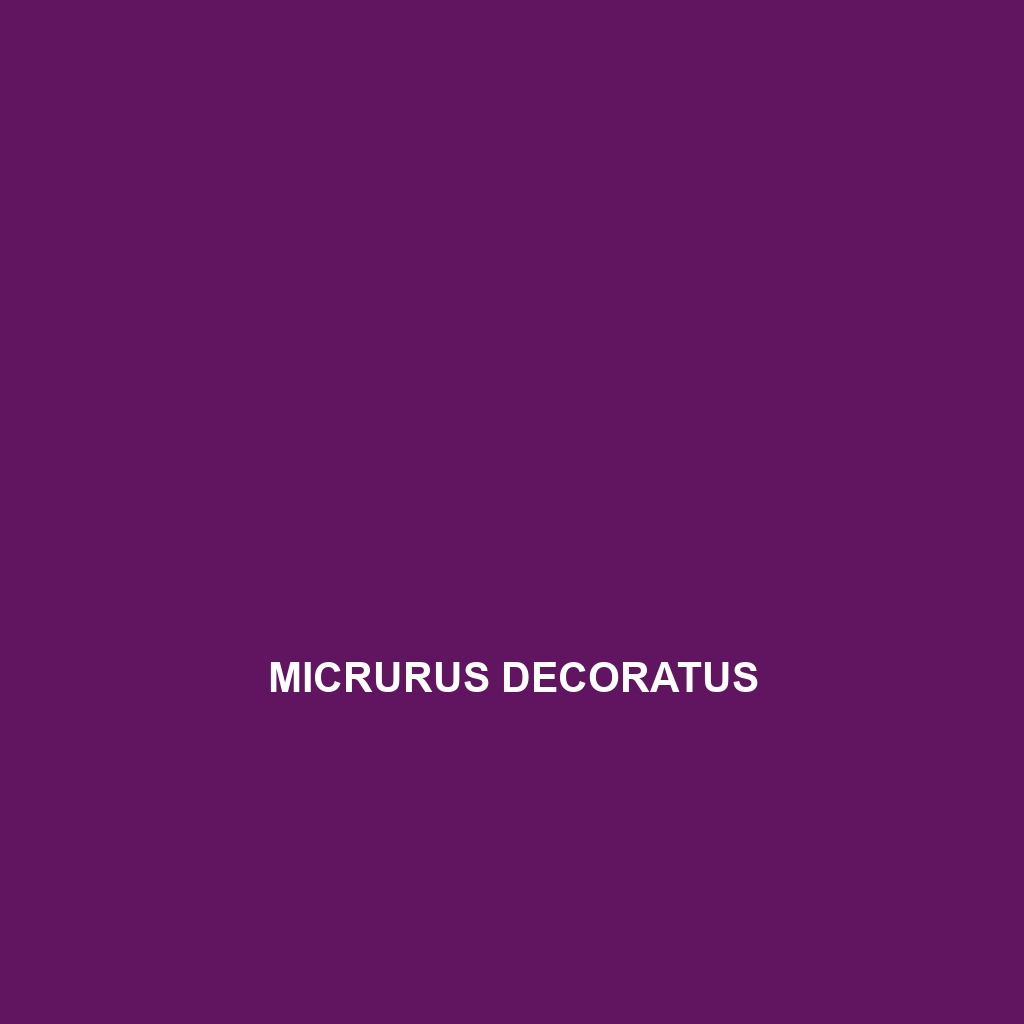<p><b>Ptyodactylus oudrii</b>, commonly known as Oudri's Ptyodactylus, is a nocturnal gecko native to the rocky and arid regions of Northern Africa, exhibiting a flattened body and adhesive toe pads that aid in climbing. This species plays a crucial role in its ecosystem by controlling insect populations and serving as prey for larger predators.</p>
Tag: IUCN classifications
Psammophis notostictus
<b>Psammophis notostictus</b>, also known as the striped sand snake, is a slender, diurnal reptile native to arid regions of northeastern Africa, notable for its striking light brown coloration with dark stripes. This carnivore primarily feeds on small rodents and lizards, playing a crucial role in maintaining ecological balance within its diverse habitats.
Ptyodactylus oudrii
<p><b>Ptyodactylus oudrii</b>, commonly known as Oudri's Ptyodactylus, is a nocturnal gecko native to the rocky and arid regions of Northern Africa, exhibiting a flattened body and adhesive toe pads that aid in climbing. This species plays a crucial role in its ecosystem by controlling insect populations and serving as prey for larger predators.</p>
Psammophis notostictus
<b>Psammophis notostictus</b>, also known as the striped sand snake, is a slender, diurnal reptile native to arid regions of northeastern Africa, notable for its striking light brown coloration with dark stripes. This carnivore primarily feeds on small rodents and lizards, playing a crucial role in maintaining ecological balance within its diverse habitats.
Philothamnus mayombensis
Discover the stunning Philothamnus mayombensis, or Mayombe green snake, known for its vibrant green coloration and slender body that can grow up to 1.5 meters. This primarily diurnal, arboreal species thrives in the tropical rainforests of Central Africa, where it plays a crucial role in the ecosystem as both predator and prey.
Pareas yunnanensis
<p>Discover the <b>Pareas yunnanensis</b>, or Yunnan slug snake, a slender, nocturnal carnivore native to the humid forests of Southeast Asia. Known for its striking camouflage and unique hunting techniques, this species plays a crucial role in maintaining ecological balance within its habitat.</p>
Natator depressus
Introducing the Flatback Sea Turtle (Natator depressus), a unique species found in the tropical waters of the Indo-Pacific, characterized by its flattened carapace, large flippers, and diet primarily consisting of soft-bodied invertebrates like jellyfish. Known for its limited migratory behavior and crucial role in coastal ecosystems, this turtle faces challenges from habitat loss and climate change.
Micrurus decoratus
<p><b>Micrurus decoratus</b>, known as the decorated coral snake, is a vibrant, nocturnal predator native to Central and South America, recognized for its striking black and red banding and neurotoxic venom. This species plays a crucial role in its ecosystem by controlling the populations of small reptiles and amphibians.</p>
Meroles cuneirostris
Discover the <b>Meroles cuneirostris</b>, or hard-backed skink, a medium-sized lizard thriving in the dry savannas and shrublands of southern Africa, characterized by its unique wedge-shaped snout, camouflage patterns, and insectivorous diet. This adaptable reptile exhibits fascinating behaviors and plays a crucial role in its ecosystem by regulating insect populations and serving as prey for larger animals.
Mediodactylus orientalis
<p><b>Mediodactylus orientalis</b> is a nocturnal gecko native to eastern Africa and parts of the Middle East, thriving in rainforests, savannas, and temperate forests. With a size of 10-15 cm, it features smooth bodies, vivid coloration for camouflage, and adhesive toe pads for adept climbing, playing a crucial role in regulating insect populations and promoting ecological diversity.</p>









